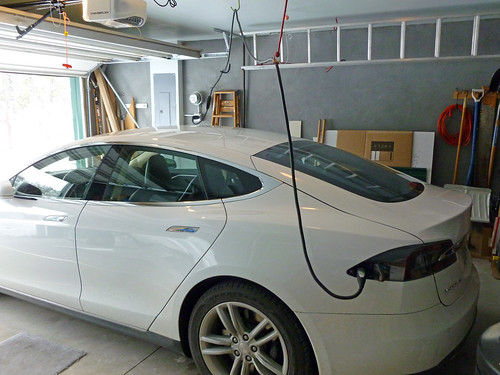Hello,
I'm in the process of rebuilding my garage, and I need your advice. For some background, I have a Prius Plug-In that I've simply charged using a standard wall outlet. I will be purchasing a Model S in the next few months. I plan to use a HPWC for the Model S.
What should I tell my electrician regarding HPWC requirements? Also, what are the charging options for the Prius so that I can get a faster charge?
Thank you.
I'm in the process of rebuilding my garage, and I need your advice. For some background, I have a Prius Plug-In that I've simply charged using a standard wall outlet. I will be purchasing a Model S in the next few months. I plan to use a HPWC for the Model S.
What should I tell my electrician regarding HPWC requirements? Also, what are the charging options for the Prius so that I can get a faster charge?
Thank you.



